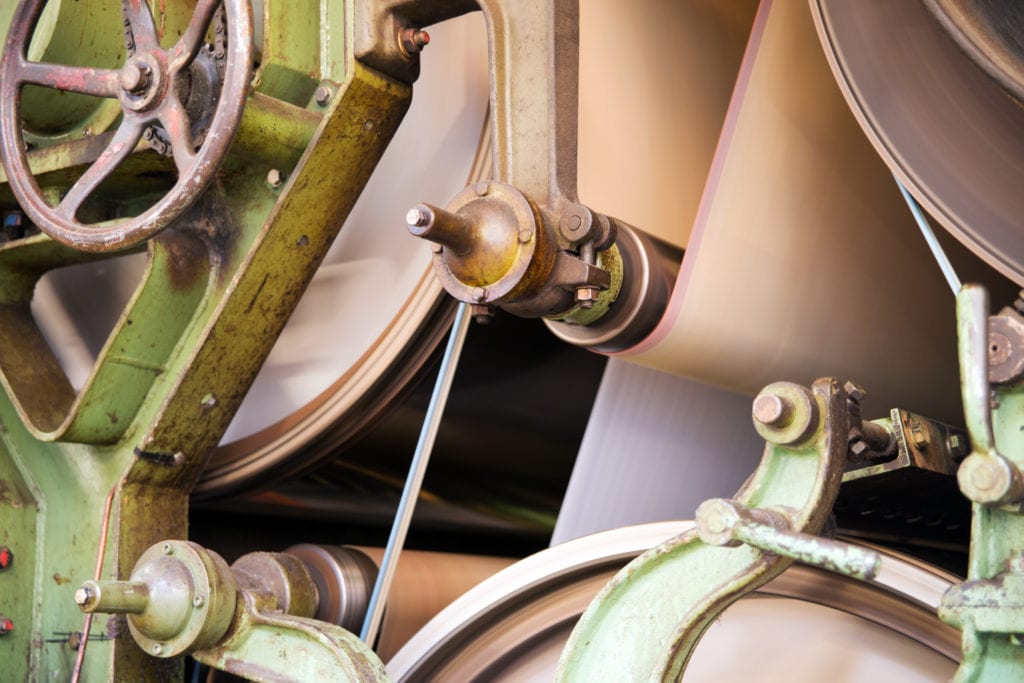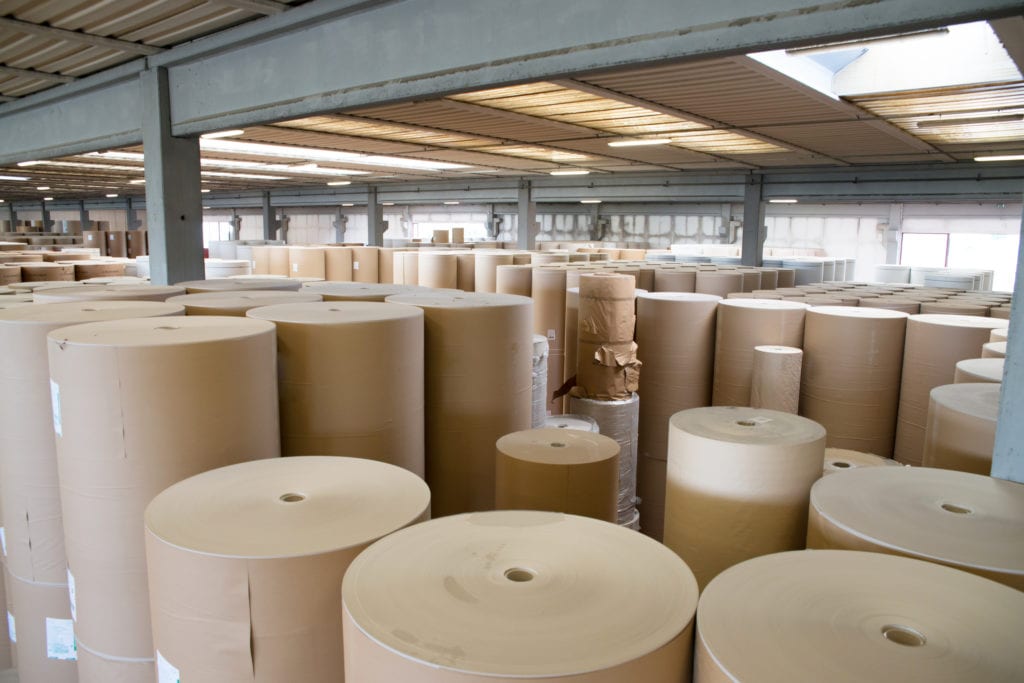In the UK, cardboard has the highest recycling rate out of all forms of packaging. In fact, around 70-80% of cardboard waste is recycled annually. Compared to other waste streams, this percentage is impressively high. E-waste, which includes a range of waste electrical and electronic equipment, has a recycling rate of only 15%.
Why Should We Recycle Cardboard?
Recycling cardboard has huge benefits for the environment. When cardboard is sent to landfill sites, it not only takes up space, but also contributes to pollution. The cardboard is compressed down underneath the weight of the landfill, which causes the material to release methane gas. Methane is one of the main greenhouse gases responsible for damaging our ozone layer and contributing to climate change.
Landfill sites play a huge role in pollution globally and locally. Particularly with waterways, hazardous chemicals leaked from landfill sites can contaminate water and damage agriculture, human, and animal health.
Cardboard is easily recycled, so for it to continue to be sent to landfill sites and contribute to environmental damage is problematic.
How is Cardboard Recycled?
In the UK, cardboard recycling collections either take place through local authority bin collections, or private company business collections. Both processes see cardboard waste being picked up and returned to a licensed recycling facility.
At the recycling facility, the cardboard will be picked to ensure that the waste stream is pure. From here, the cardboard will be bundled into bales. For many private waste collection companies, such as Collect and Recycle, baling is

required onsite before collection. Baling is useful due to ease of transportation and compactness.
Following this, the cardboard is sent to licensed treatment facilities. Here, the cardboard is sorted again, to different structures (single layer or corrugated, for example). As different types of cardboard are made differently, from different materials and processes, sorting these is important.
Once sorted into specific cardboard waste streams, the cardboard is de-inked. This helps remove any foreign material from the cardboard waste. The de-inked cardboard is then shredded down into smaller pieces.
The shredded cardboard is mixed into large vats of water, where they are mixed until the shreds soften to form a pulp-like consistency. The pulp is then placed in a centrifugal machine to filter out foreign objects such as stables and tape.
The pure pulp mixture is rolled out and dried to remove excess water. This is when the mixture begins to take the form of paper.
The paper is wound into reels, and stored until it is needed to make new cardboard and paper products.
These products, including plain paper, corrugated cardboard, cardboard packaging, and more, will then be distributed out globally for companies to use.
Collect and Recycle

Collect and Recycle offer an efficient and cost-effective cardboard waste management service for businesses across the UK. If you have excess cardboard taking up space, we provide a collection service to take it off your hands.
You can even make profit. We offer rebates on all cardboard bales, meaning you can free up space, and make money from it.
We offer a range of collection schedules, from weekly pick ups to ad-hoc collections. Our team of flexible drivers work on your clock.
We are fully licensed and compliant, so you can assure that your cardboard waste is being disposed of sustainably and ethically.
Get in touch today to find out more about our cardboard waste management service.


